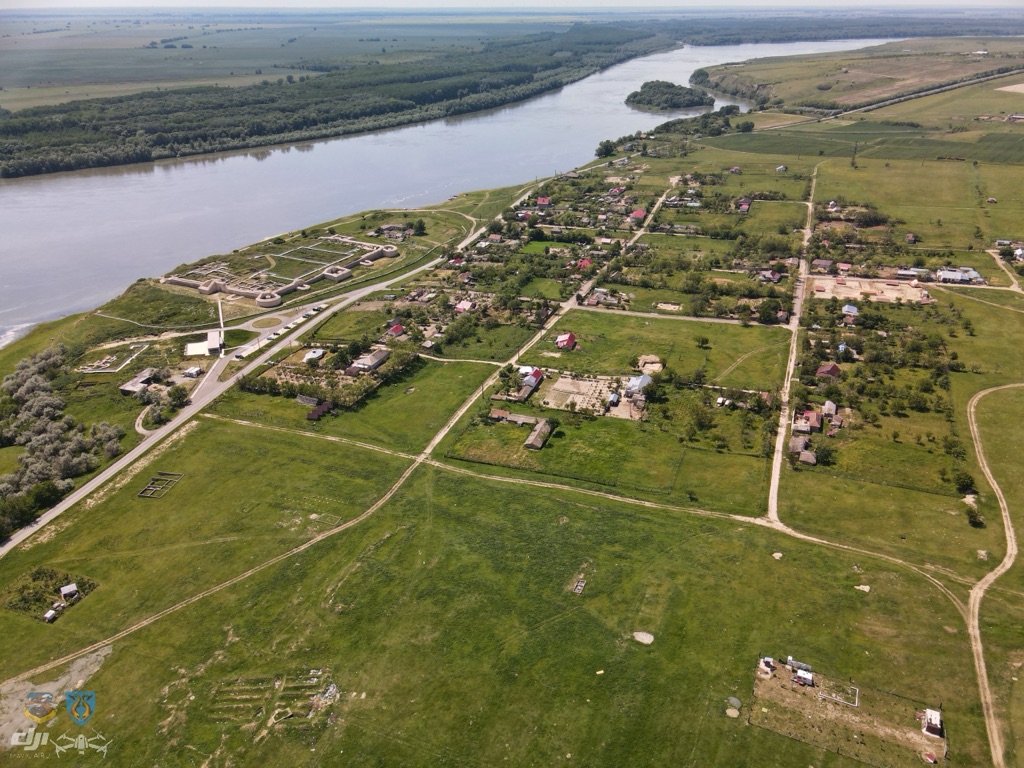Summary
Exploring the Origins of Fortress Capidava
Nestled on the banks of the Danube in Romania, the Fortress Capidava stands as a testament to ancient times. It began as a Dacian settlement. Later, the Romans transformed it into a military fortress. For centuries, it guarded the frontier of the Roman Empire. The structure showcases a mix of Dacian, Roman, Byzantine, and even Ottoman influences. Its remnants tell the story of diverse cultures and turbulent history. Today, it serves as a fascinating archaeological site. Visitors can explore its ruins and learn about its past through guided tours and interactive exhibits.
Get your dose of History via Email
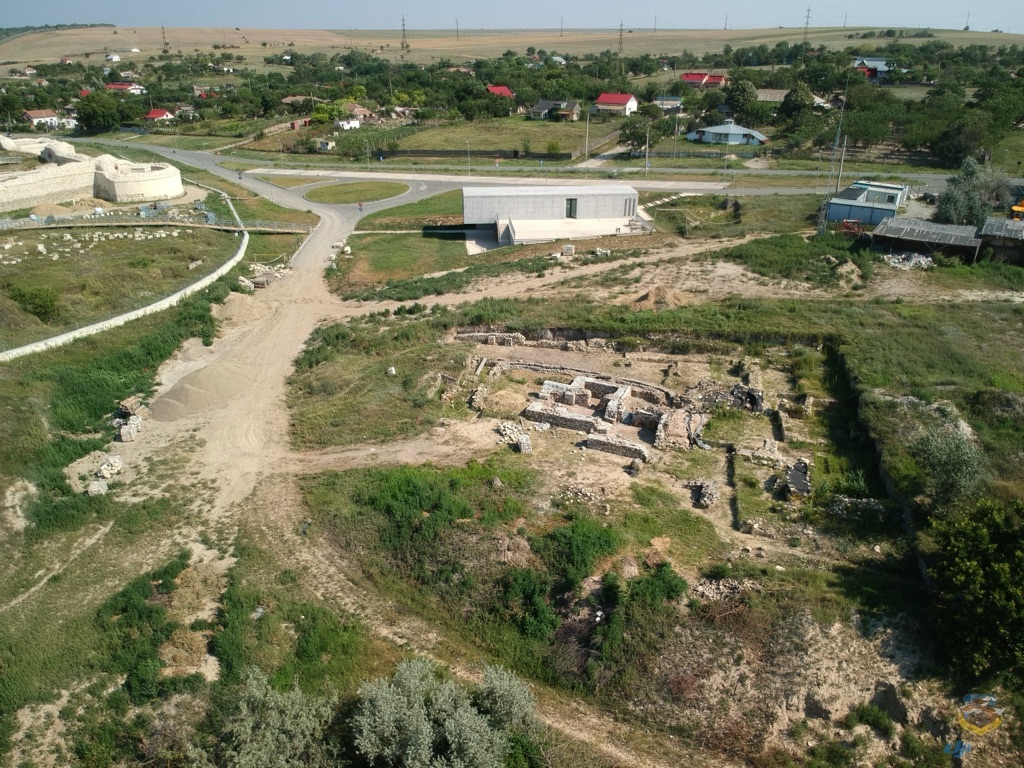
Architecture and Artifacts Uncovered
The site reveals the architectural ingenuity of past civilizations. Archaeologists have unearthed walls, towers, and gates reflecting the fortress’s strategic importance. The discovery of various artifacts also offers insights into the daily life of its occupants. From pottery fragments to military insignia, each piece contributes to our understanding of the fortress’s role over the millennia. The ongoing excavations continue to enrich the narrative of Capidava, making it an ever-evolving destination for history enthusiasts.
Significance and Conservation Efforts
Capidava’s significance extends beyond its physical remnants. It is a cultural landmark that connects us to our shared human history. Efforts to preserve and restore the fortress are underway, allowing it to withstand the test of time. Through conservation, the site not only retains its historical integrity but also provides an educational platform. It offers valuable insights into ancient military technologies and town-planning practices. The fortress invites modern visitors to experience living history and imagine life in the bygone eras.
Historical Background of Fortress Capidava
The Origins and Evolution of Capidava
Long before its recognition as a historical monument, Fortress Capidava emerged as a Dacian stronghold. Subsequently, the Romans saw its strategic potential for defense. They converted it into an imposing stone fortress. Its walls bore witness to waves of sieges and trades, with the Danube River ensuring its prosperity and connection to distant lands. Even after the fall of the Roman Empire, the fortress remained a coveted prize. It morphed through eras, proudly standing against time’s relentless march.
Architectural Mastery in Defense
Fortress Capidava’s layout reflects the pinnacle of Roman military architecture. Its builders utilized the terrain’s natural defenses, enhancing them with thick walls and watchtowers. The inner sanctum boasted administrative buildings, barracks, and storerooms. Each section reveals calculated craftsmanship, designed to repel invaders and protect the inhabitants. As excavations continue, the site offers fresh discoveries. It provides historians with new clues to interpret the fortress’s longstanding role in the region’s defense.
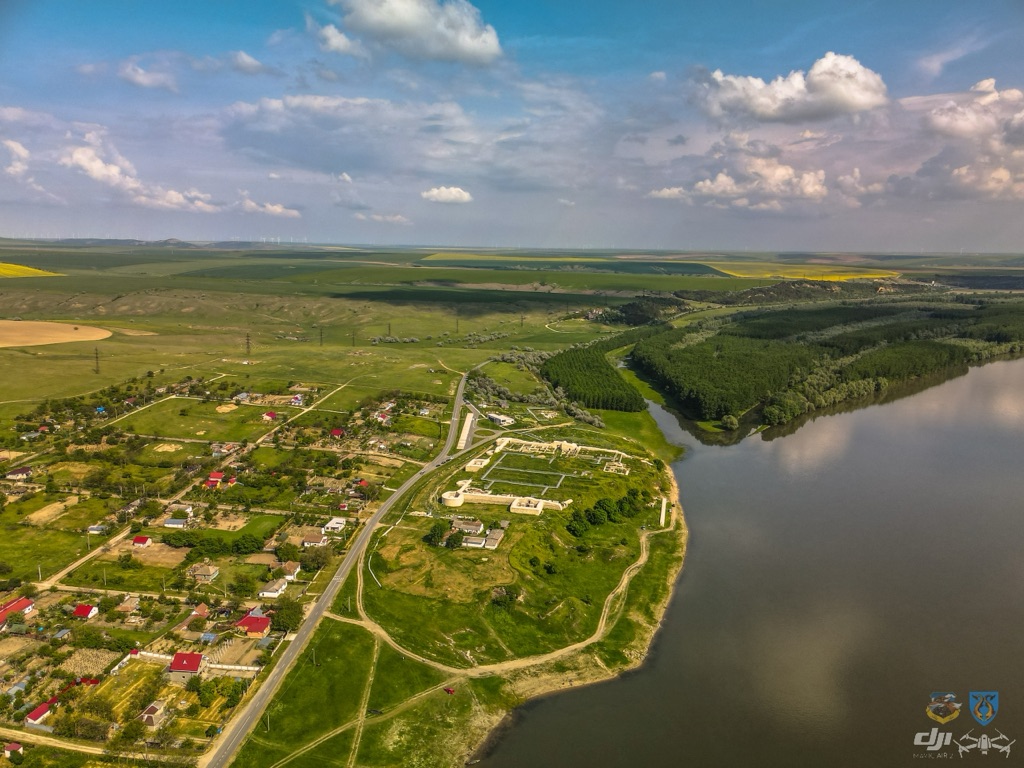
Cultural Tapestry Unveiled
Beyond its military significance, Fortress Capidava served as a melting pot of cultures. It housed Roman legions, Dacian tribes, and Byzantine officials over centuries. The remnants found within its confines tell stories of commerce, religion, and daily life. There are intricate jewelry, religious idols, and inscriptions. They attest to the diverse communities that once thrived within the fortress. This cultural tapestry enhances the site’s allure, drawing visitors eager to connect with bygone eras.
Through preservation efforts, Fortress Capidava continues to educate and inspire. Conservationists and archaeologists work tirelessly to protect and reveal the site’s layers. They ensure that its lessons endure for future generations. It stands as a symbol of resilience. The fortress encourages modern societies to learn from the past. It guides us in fostering a deeper appreciation for our collective heritage.
As a historical site, Fortress Capidava offers more than just a glimpse into the past. It represents a living classroom set in stone and earth. Here, one can walk in the footsteps of ancient warriors and scholars. One can trace the outlines of a bygone civilization. A visit to this storied fortress is a rite of passage for any history enthusiast. It is an invitation to partake in a journey across time, within the heart of Romania’s rich and varied past.
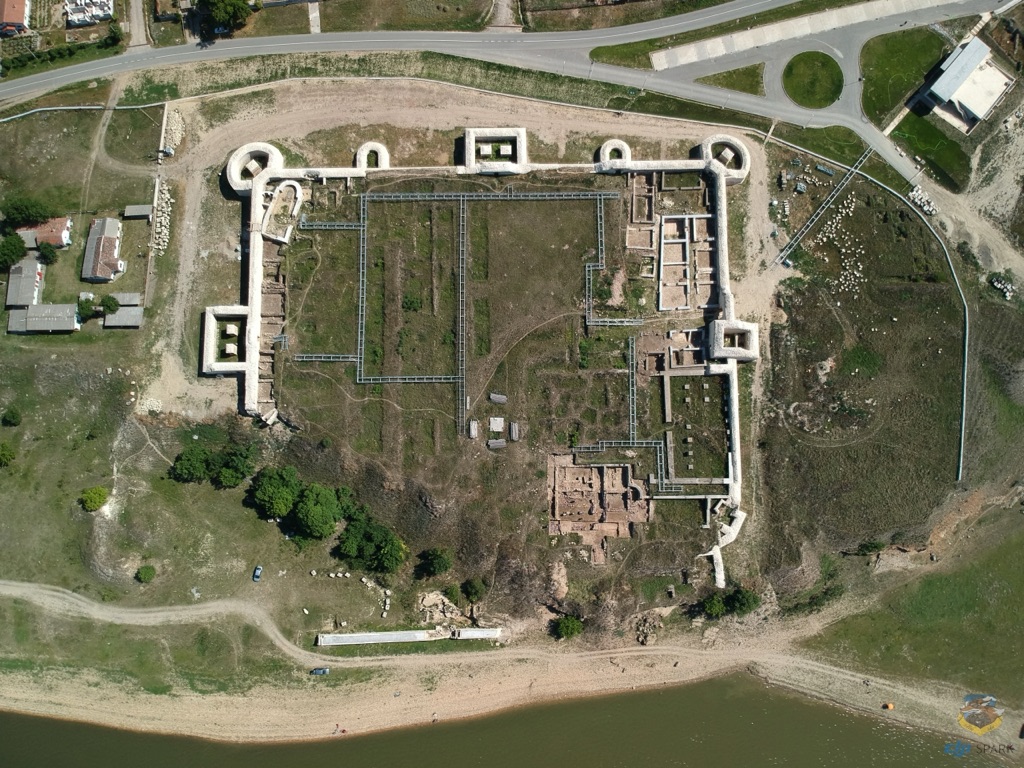
The Discovery of Fortress Capidava
Initial Findings and Recognitions
In the tranquil surrounds of Dobrogea, Romania, the lost fortress of Capidava surfaced from obscurity. Local lore always hinted at the remains of an ancient stronghold. It was centuries later when these tales took tangible form. In the late 19th century, diligent archaeological efforts began. They focused on unraveling the layers of history entrenched within the site. Through systematic excavations, the true breadth of Capidava’s historical significance dawned upon the world, solidifying its place in academic studies.
Archaeological Breakthroughs
Key excavations in the 20th century propelled Fortress Capidava into the historical spotlight. Teams of archaeologists uncovered fortified walls and remnants of structures that narrated a tale spanning millennia. This era of discovery lifted the veil on a once-thriving bastion. It was a key defensive point against invasions. As these explorations continued, the fortress yielded a trove of artifacts. These included coins, weapons, and everyday items, painting a comprehensive picture of its storied past.
Evidence of Multifaceted Heritage
Fortress Capidava presented a unique window into the intersection of diverse cultures and epochs. The findings pointed to its Roman roots, while intricacies in the unearthed items disclosed influences from subsequent Byzantine and medieval periods. Each unearthed layer reinforced the historical significance of the site, bridging historical knowledge with the present. It underscored the fortress’s role as a bastion of heritage within the Southeastern European context.
The discovery also shed light on the fortress’s strategic importance along the Danube. Capidava controlled a vital river crossing, monitoring the flux of goods and armies alike. This aspect shaped the economic and military narrative of the region, as evidenced by the archaeological record.
Today, the Fortress of Capidava stands as a testimonial to the ingenuity and resilience of ancient civilizations. It serves as a compelling destination for visitors and historians alike. Its discovery and ongoing study continue to contribute valuable insights into our collective past, enriching modern appreciation for heritage and the enduring strength of human spirit.
Cultural Significance, Dating methods, Theories and Interpretations
The Cultural Mosaic of Fortress Capidava
Fortress Capidava casts a long shadow over the history of Southeastern Europe. Its position on the Danube’s right bank fostered various cultural exchanges. Over the ages, the fortress absorbed the ethos of Dacian, Roman, and Byzantine influences. This blend turned Capidava into a melting pot. The site reflects the melding of military prowess and daily life from different eras. Such a confluence of civilizations rendered the fortress a critical site. It holds cultural and historical conversations that resonate even today.
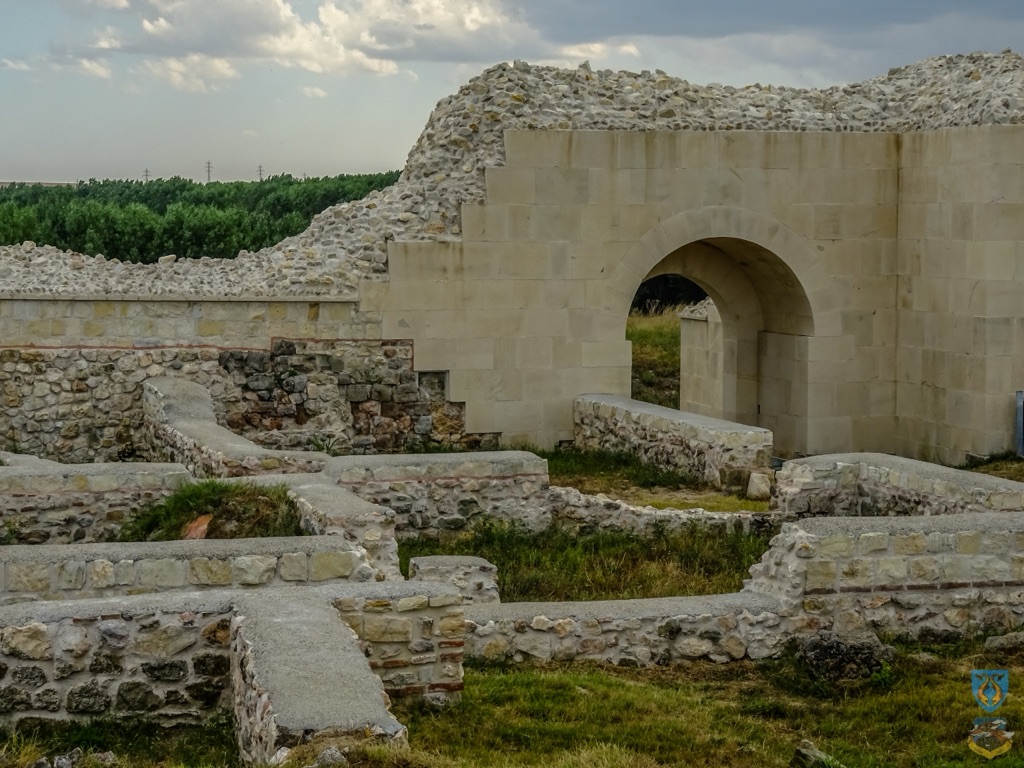
Unlocking the Past: Radiocarbon Dating and More
Determining the age of Fortress Capidava’s layers has been pivotal in understanding its timeline. Radiocarbon dating and stratigraphy have acted as key tools. They pinpointed the time frames of human activity within its walls. Dendrochronology, or tree-ring dating, also came into play. It helped to date wooden remains and construction materials. By combining these methods, historians and archaeologists painted an accurate picture of Capidava’s development through centuries.
Theories Rooted in Ruins
Despite tangible dating evidence, certain aspects of Fortress Capidava remain shrouded in mystery. Theories around its ultimate fall, the presence of possible underground structures, and the full extent of its influence continue to spur scholarly debate. These interpretations often rely on incomplete evidence, leaving room for questions. They fuel the quest for further excavation and study.
The fortress’s religious significance adds another layer to its rich tapestry. The discovery of religious iconography and shrines points towards a complex spiritual life. The site witnessed religious confluence and changes during its long existence, reflecting broader shifts in belief systems.
Fortress Capidava’s story extends beyond mere fortifications and battles. It embodies transformation, endurance, and an everlasting testament to human ingenuity. New discoveries at the site promise to unveil mysteries, enriching the already multifaceted history of this enigmatic fortress.
Conclusion and Sources
In sum, Fortress Capidava stands as a monument to the complexity and continuity of human history. Its walls bear the marks of conquests and cultures across centuries. As a site, it has provided a wealth of information about the various civilizations that have occupied this strategic riverbank. The ongoing research and conservation efforts ensure that this historical jewel will continue to educate and intrigue for generations to come. With every excavation and study, we inch closer to piecing together the lost narratives that Capidava guards within its ruins.
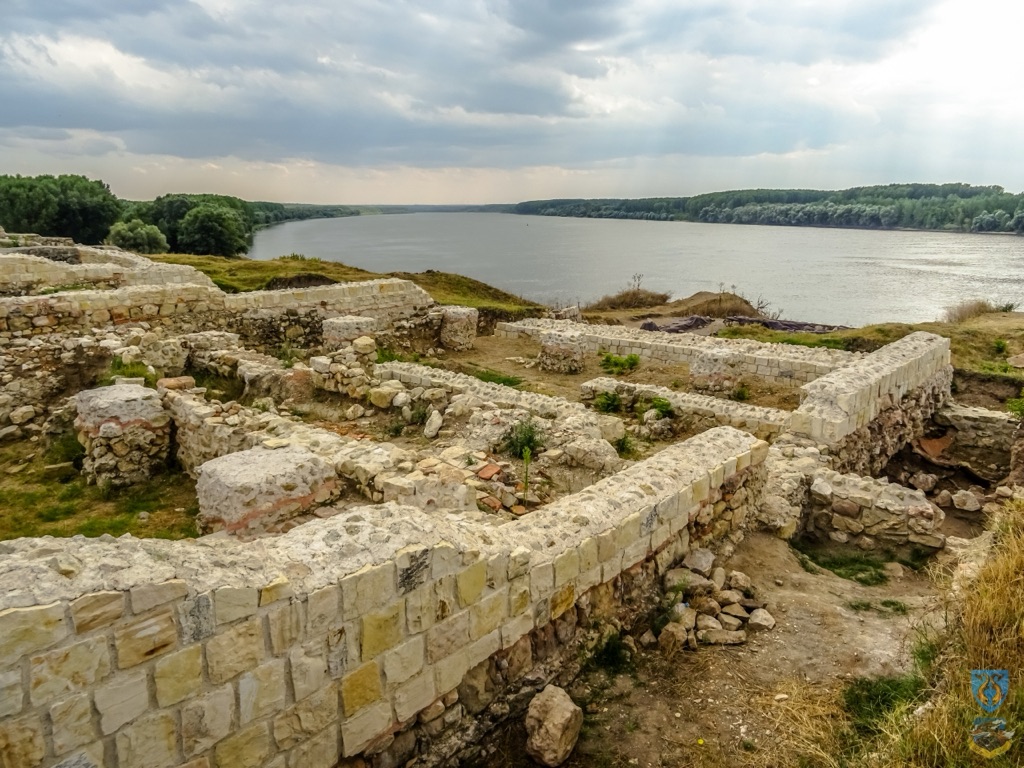
For further reading and to validate the information presented in this article, the following sources are recommended:
Or you can check any of these reputable archaeological and historical texts:
National Institute of Heritage, Romania. (n.d.) Capidava Fortress, The National Institute for Research and Development in the field of Cultural Heritage.
Ciongradi, C. (2016) ‘A comparative analysis of the latest archaeological research at the fortresses on the Lower Danube’, Archaeological and Anthropological Sciences, 8(3), pp. 595–604. DOI: 10.1007/s12520-014-0215-z.
Popilian, G. and Stoica, A.L. (2021) ‘Fortress Capidava – Between Legend and Historical Reality’, Journal of Ancient History and Archaeology, 4(1), pp. 24-31. DOI: 10.14795/j.v4i1.258.
The National Museum of History of Romania. (2023). Capidava.

